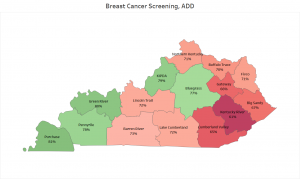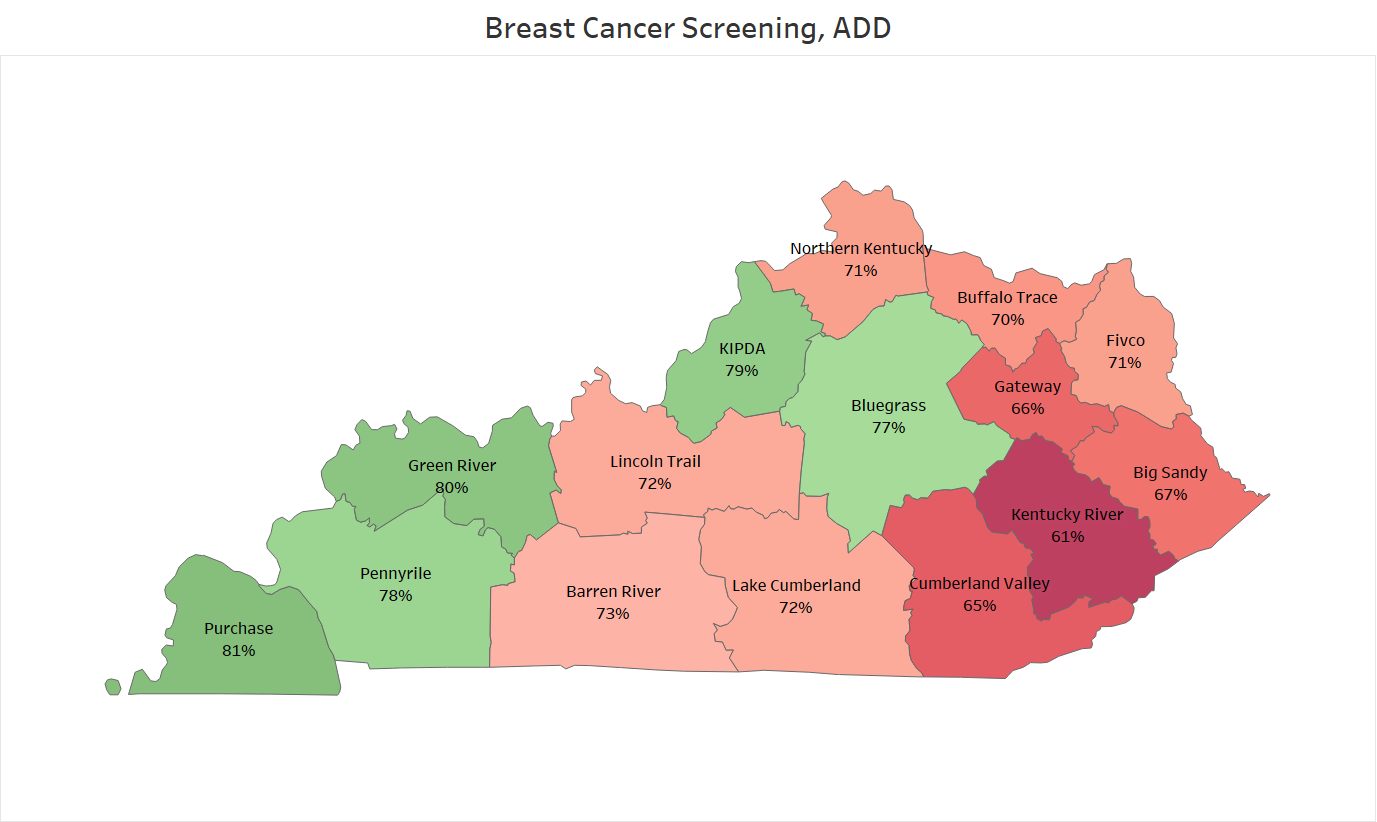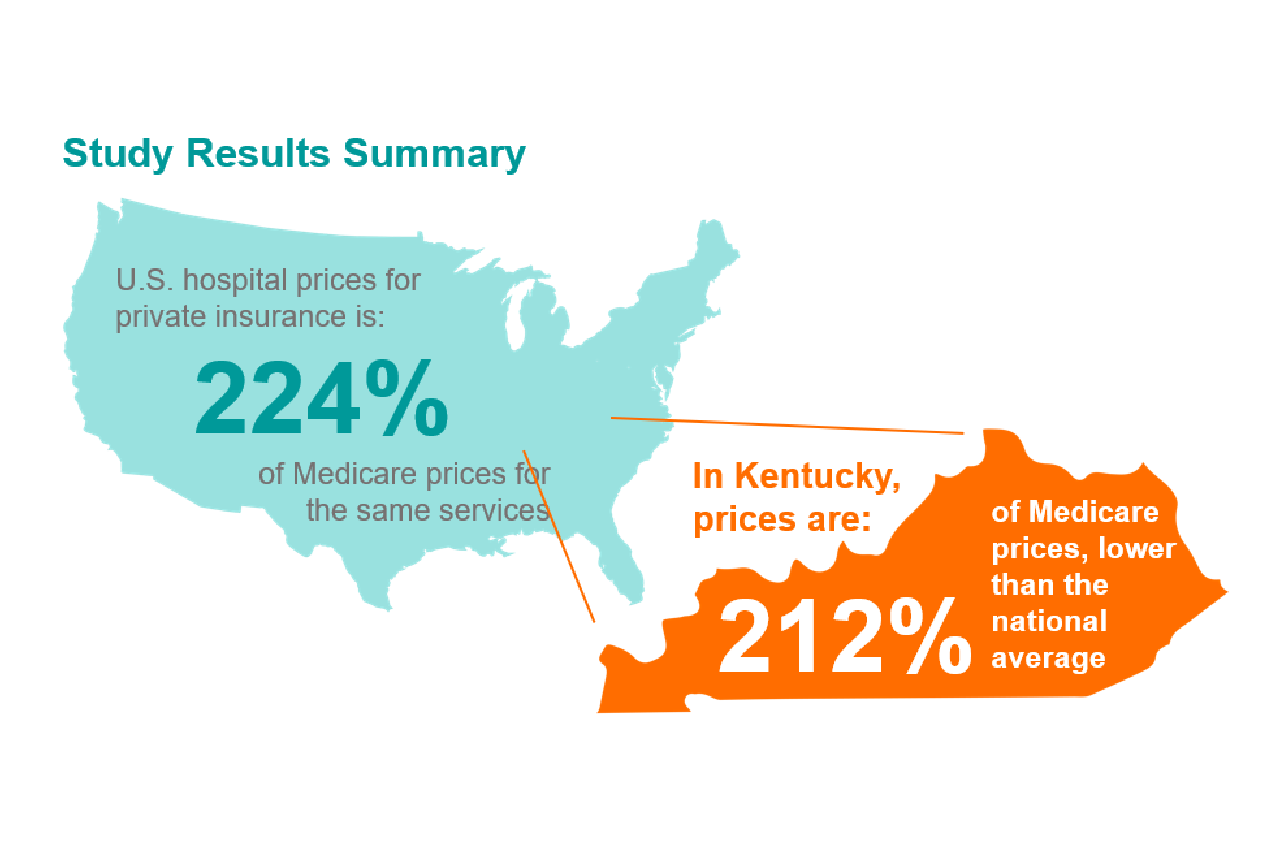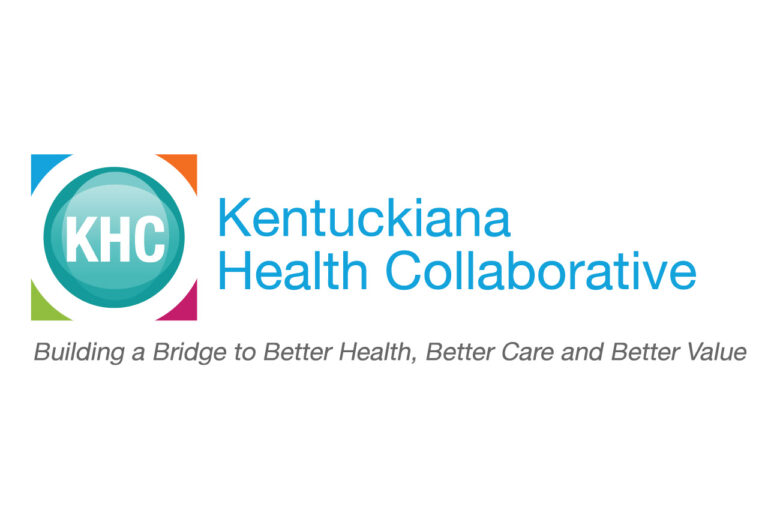It’s that time of year again, when we see more pink than usual – everywhere from consumer products like cereal boxes to athletes’ gloves and shoes on the football field. October is breast cancer awareness month, a month where special attention is given to breast cancer research and early screening efforts. The pink we see this month is the official color to signal breast cancer awareness. Approximately one in eight women will develop breast cancer in their lifetime, according to the American Cancer Society. Breast cancer is the second most common newly diagnosed cancer and second leading cause of cancer death among women in the US.
There is a special emphasis on appropriate screening and early detection of breast cancer, because when breast cancer is detected early, there are more treatment choices and better chances for survival. The five-year survival rate for women who are diagnosed at Stage 0 or Stage I cancer is nearly 100 percent, while women who aren’t diagnosed until Stage IV only have about 22 percent five-year survival rate.
The most common way to screen for breast cancer is to get a mammogram, an x-ray picture of the inside of the breast. Mammograms are important because they can find about 80 percent of all breast cancers. The KHC has measured proper screening for breast cancer at a community level since 2006. In that time, the Kentuckiana rate of screening has increased slightly from 78 percent to 80 percent.

Statewide, the average screening rate for breast cancer is 75 percent, slightly above national averages. This translates into a near-average rate of breast cancer mortality – Kentucky ranked 27th in breast cancer mortality in 2014, the last year that data was available. The rates among Kentucky’s Area Development Districts (ADDs) vary widely, however, illustrating the disparities between care in the Commonwealth. Rates range from lows of 61 percent in the eastern part of the state to highs of 81 percent in the western part of the state.
During this month of increased breast awareness, take a moment to evaluate whether you are due for screening. Women ages 50 to 74 should have a mammogram at least every two years.





